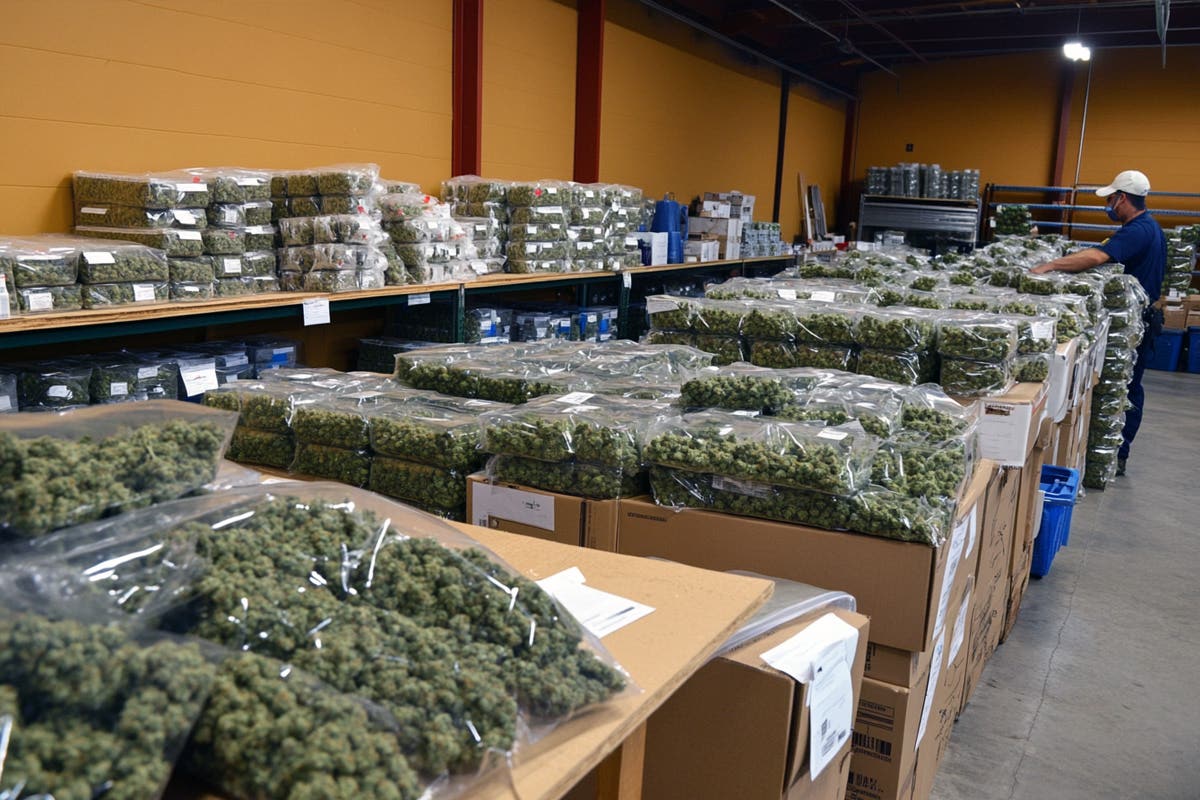Understanding Pest Resistance in Cannabis
-
Genetic Variation: Cannabis plants exhibit natural genetic variations that contribute to their resistance or susceptibility to pests. These genetic variations influence the plant's ability to defend itself against pests and diseases.
-
Adaptive Traits: Some cannabis strains possess inherent adaptive traits, such as thick trichomes, increased resin production, or natural repellent compounds. These traits act as natural deterrents to pests and enhance the plant's resistance.
-
Plant-Pathogen Interactions: The interaction between cannabis plants and pests is complex. Certain strains may possess specific defense mechanisms that allow them to repel, resist, or tolerate pests more effectively than others.
Strategies for Developing Resilient Cannabis Strains
-
Selective Breeding: By carefully selecting parent plants with desirable resistance traits, breeders can gradually develop strains that are naturally resilient to specific pests and diseases. This approach involves multiple generations of breeding and rigorous selection.
-
Introducing Resistant Genetics: Breeders can introduce genetic material from naturally pest-resistant cannabis strains into susceptible strains. This process, known as genetic introgression, transfers desirable traits and enhances the resistance of the resulting offspring.
-
Crossbreeding and Hybridization: Crossbreeding different strains with varying levels of pest resistance can lead to hybrid offspring that inherit a combination of beneficial traits. This approach aims to create strains with improved resistance profiles.
-
Marker-Assisted Selection: Advanced genetic techniques, such as marker-assisted selection, allow breeders to identify and select specific genes associated with pest resistance. This targeted approach expedites the development of resilient strains.
Factors to Consider in Resilient Strain Development
-
Targeted Pests and Diseases: Different pests and diseases pose unique challenges. Breeders must focus on specific pests or diseases prevalent in their cultivation region to develop targeted resistance.
-
Cultivation Environment: Environmental conditions, such as temperature, humidity, and exposure to pests, vary across different cultivation environments. Strains developed for specific regions can exhibit enhanced resistance to local pests and diseases.
-
Balancing Traits: Breeders must strike a balance between pest resistance and other desired characteristics, such as yield, flavor, and cannabinoid profiles. It is essential to develop strains that meet both the grower's and consumer's preferences.
Developing resilient cannabis strains requires a combination of traditional breeding techniques and cutting-edge genetic technologies. By focusing on genetic variation, adaptive traits, and targeted breeding strategies, breeders can create strains that exhibit robust pest resistance. These resilient strains contribute to sustainable and eco-friendly cultivation practices while ensuring the quality and productivity of cannabis crops.


















